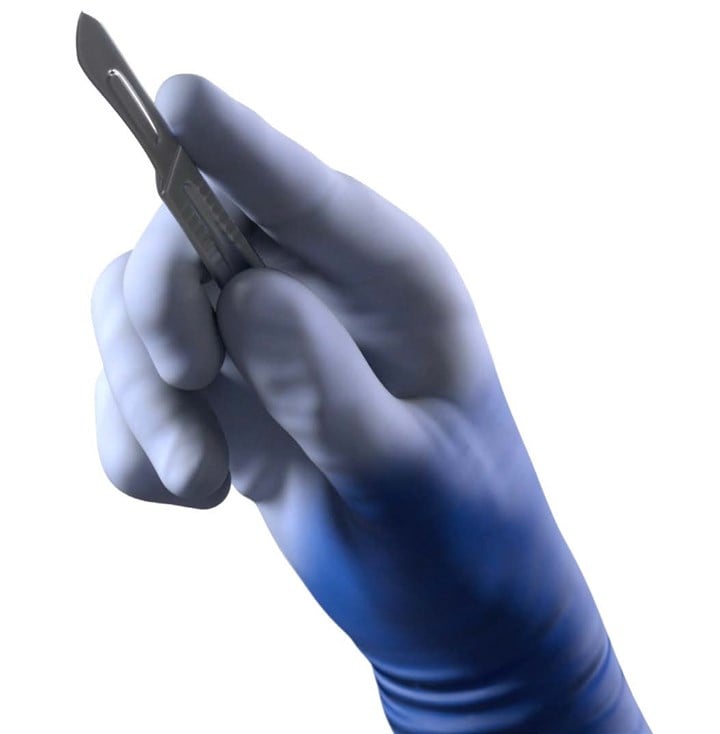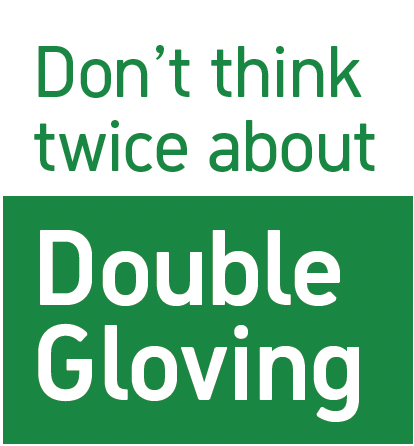Biogel® PI Micro Indicator® System Gloves
A single pack containing two pairs of surgical gloves designed and sized to glide on easily and work perfectly together.

Biogel PI Micro Indicator System gives clinicians the protection they need from double gloving in our thinnest surgical gloves combination to retain tactile sensitivity. The system is delivered with both sets of surgical gloves in one package, reducing packaging waste for sustainable use.
Improved Comfort
|
Improved Safety
|
Improved Convenience
|

With over 40 years experience in glove design, you can trust Mölnlycke to ensure that your manual dexterity and tactile sensitivity are preserved. Most surgeons and physicians fully adapt to double gloving within two days.3

Download the Biogel Full Product Line
Fill out the form below
A representative will contact you with more information.
Ordering Information REF 483
| Ref | Size | Pairs |
| 48355 | 5 1/2 | 2x25/Box |
| 48360 | 6 | 2x25/Box |
| 48365 | 6 1/2 | 2x25/Box |
| 48370 | 7 | 2x25/Box |
| 48375 | 7 1/2 | 2x25/Box |
| 48380 | 8 | 2x25/Box |
| 48385 | 8 1/2 | 2x25/Box |
References
1. Mischke C, et al. Gloves, extra gloves or special types of gloves for preventing percutaneous exposure injuries in healthcare personnel. Cochrane Database Syst Rev. 2014 [cited 14 Sep 2017];(3):CD009573. URL: doi:10.1002/14651858.CD009573.pub2.
2. Collins J. A Clinical Investigation to Evaluate the Biogel PI Micro Surgical Glove. Mölnlycke Health Care, 2014. Data on file.
3. Fry DE, Harris WE, Kohnke EN, Twomey CL. Influence of double-gloving on manual dexterity and tactile sensation of surgeons.American College of Surgeons. 2010;1-6.
4. Wigmore SJ & Rainey JB. Use of coloured undergloves to detect puncture. BJS 1994: 81:1480. https://doi.org/10.1002/bjs.1800811026.
5. Laine T, et al. Glove perforation in orthopaedic and trauma surgery. A comparison between single, double indicator gloving and double gloving with two regular gloves. J Bone Joint Surg. British Volume; 2004;86(6):896-900.
6. Walczak DA, et al. Surgical gloves—do they really protect us? Pol Przegl Chir. 2014;86(5):238-243.






